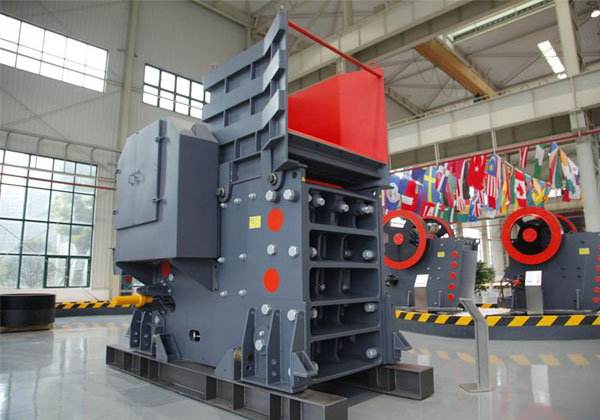Choosing the right jaw crusher model is essential for maximizing productivity, minimizing operational costs, and ensuring the crusher fits seamlessly into your crushing plant or mining operation. Whether you’re dealing with hard rock, ore, or recycled material, understanding how to properly specify a jaw crusher model will help ensure optimal performance.
This article outlines the key parameters and factors to consider when specifying a jaw crusher model.
1. Understand Your Application Requirements
Before diving into model numbers and technical specs, evaluate the purpose and context in which the jaw crusher will operate:
-
Material type: Is it hard rock (granite, basalt), medium-hard (limestone), or soft material (coal, shale)?
-
Material size: What is the feed size of the raw material?
-
Capacity needs: How many tons per hour (TPH) do you need to process?
-
End-product size: What size output do you require?
These answers will help you narrow down the right model.

2. Know the Key Jaw Crusher Specifications
When specifying a jaw crusher model, the following parameters are most important:
A. Feed Opening Size (Inlet Size)
This is often listed as a dimension like “600 x 900 mm” (width x depth). It determines the maximum feed size the crusher can handle.
-
For example, a 600 x 900 mm jaw crusher can typically accept materials up to about 500 mm in size.
B. Discharge Setting Range
This refers to the adjustable output size (also called CSS – closed side setting).
-
Smaller settings produce finer material but may reduce capacity.
C. Capacity (Throughput)
Measured in tons per hour (TPH), this reflects how much material the jaw crusher can process per hour.
-
Models are typically rated for a range (e.g., 50–200 TPH).
D. Power Requirements
Jaw crushers require substantial power—usually provided by electric motors or diesel engines.
-
Look for engine/motor power (kW or HP) in the spec sheet.
3. Identify the Model Number Meaning
Most manufacturers encode key size information in the model number. For example:
-
PE-600×900 or PEX-250×1200:
-
PE/PEX: Type of jaw crusher (PE = coarse jaw crusher; PEX = fine jaw crusher).
-
600×900: Feed opening size in millimeters.
-
Always confirm this with the manufacturer, as naming conventions may vary.
4. Check Structural and Performance Features
Beyond basic specs, consider these factors:
-
Fixed vs mobile: Will it be part of a stationary plant or mounted on a mobile unit?
-
Frame type: Welded vs bolted construction affects durability and maintenance.
-
Jaw plate design: Tooth profile and material can impact wear life and crushing efficiency.
-
Automation: Modern jaw crushers may include hydraulic adjustment, overload protection, or digital monitoring systems.
5. Match the Crusher to Upstream and Downstream Equipment
Ensure compatibility with:
-
Feeders: The feeder must deliver material evenly and at a rate the crusher can handle.
-
Conveyors or screens: Make sure discharge size and capacity match the rest of the system.
6. Consult the Manufacturer or Supplier
Once you’ve outlined your technical and operational requirements, share them with the manufacturer. A good supplier will:
-
Recommend a suitable model.
-
Provide performance curves and layout diagrams.
-
Suggest optional features (e.g., dust suppression, automation kits).
Example of Specifying a Jaw Crusher:
Application: Crushing granite in a quarry
Max Feed Size: 450 mm
Required Output Size: 0–100 mm
Capacity Target: 150 TPH→ A suitable model might be PE-750×1060, with a feed opening of 750 mm x 1060 mm, max feed of ~630 mm, and capacity up to 200 TPH.
Specifying the right jaw crusher model involves more than just picking from a catalog. You need to understand your material, your output goals, and how the crusher fits into your entire operation. Pay attention to feed size, capacity, power, and structural design. With careful evaluation and expert advice, you’ll select a crusher model that ensures reliable, cost-effective performance for years to come.
